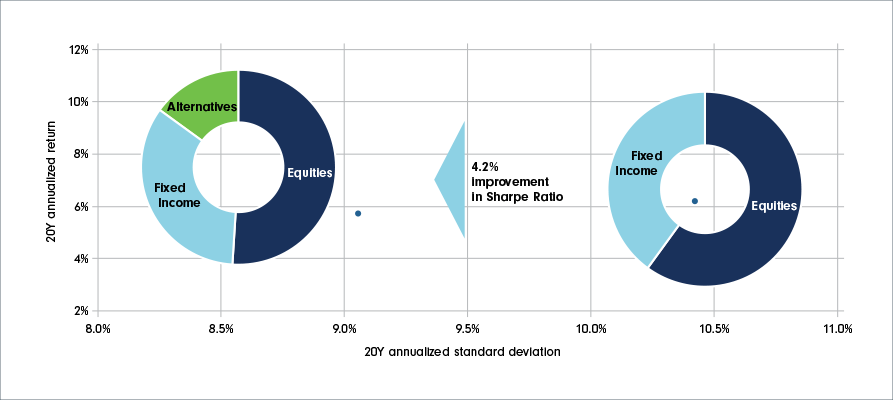
What is a market neutral investment strategy?
Market neutral strategies aim to provide positive absolute returns no matter what direction the underlying market takes. The resulting portfolios typically have very little exposure to some specific forms of risk, notably to “market risk” – the effect on an investment from the movement of the market as a whole – in particular.
There are several ways a portfolio manager can implement a market neutral strategy. Portfolio managers can use various kinds of investments to create portfolios that are hedged against selected risks, while at the same time may choose to remain exposed to other sources of risk, and to “idiosyncratic” risks. Idiosyncratic risks are company-specific, for example, earnings bets and misses, new product launches, CEO changes, accounting issues, etc.
Ways to implement a market neutral strategy include the following:
1 |
2 |
|---|---|
| Taking long and short positions in pairs of stocks that have similar market exposures. | Using derivatives to hedge against market risk and other selected risk factors. |
What are the benefits of adding market neutral strategies to your portfolio?
Including an allocation to market neutral strategies in a traditional portfolio can lead to diversification benefits and help improve a portfolio’s risk/return profile or create a smoother ride for the investor over the long term.
The figure below outlines the benefits of portfolio diversification, illustrating that adding a modest 15% allocation to market neutral strategies to a traditional 60/40 equity/bonds portfolio has historically resulted in an improvement in the risk/return trade off over the past 20 years, as represented by a Sharpe ratio of 4.2%.

|
Tip: |
Sharpe ratio is a common measure of risk-return trade off. A higher Sharpe ratio indicates a higher return per unit risk, which is good for investors. |
Looking to add alternative strategies to your portfolio?
Consider the following fund:
Fidelity Market Neutral Alternative Fund →

